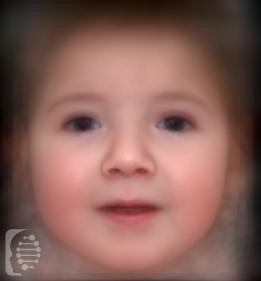What are Congenital Contractures of the Limbs and Face, Hypotonia, and Developmental Delay (CLIFAHDD)?
Congenital Contractures of the Limbs and Face, Hypotonia, and Developmental Delay is a rare genetic syndrome that affects mainly the limbs and faces of those affected.
It also presents with hypotonia (low muscle tone) and developmental delay to various degrees.
Syndrome Synonyms:
Congenital contractures of the limbs and face, hypotonia, and developmental.
What gene change causes Congenital Contractures of the Limbs and Face, Hypotonia, and Developmental Delay (CLIFAHDD)?
Changes or mutations in the NALCN gene are responsible for causing the syndrome. All cases of the syndrome diagnosed so far are de novo or new mutations and not inherited.
In some cases, a genetic syndrome may be the result of a de-novo mutation and the first case in a family. In this case, this is a new gene mutation which occurs during the reproductive process.
What are the main symptoms of Congenital Contractures of the Limbs and Face, Hypotonia and Developmental Delay (CLIFAHDD)?
The main symptoms of the syndrome include congenital contractures, which are musculoskeletal abnormalities that affect the limbs and movement.
Hypotonia and developmental delay are also symptoms of the syndrome.
Possible clinical traits/features:
Cerebral atrophy, Cerebellar atrophy, Wide nasal bridge, Adducted thumb, Micrognathia, Knee flexion contracture, Inguinal hernia, Muscular hypotonia, Long philtrum, Camptodactyly, Umbilical hernia, Short columella, Scoliosis, Congenital contracture, Elbow flexion contracture, Global developmental delay, Delayed speech and language development, Gastroesophageal reflux, Full cheeks, Hip contracture, Pursed lips, Short neck.
How is it diagnosed?
To find out if someone has a diagnosis of Congenital Contractures of the Limbs and Face, Hypotonia and Developmental Delay (CLIFAHDD), it is important to have a consultation and evaluation with a clinical genetic specialist. Specialists may also suggest specific genetic testing or other types of tests to help reach a diagnosis. FDNA’s AI technology can help speed up the diagnostic process by analyzing facial features and other health information.

